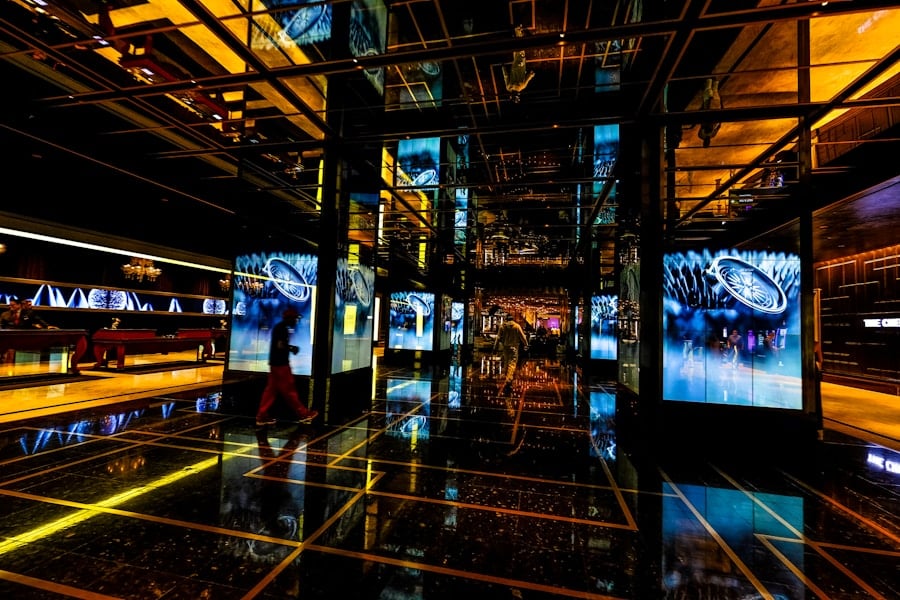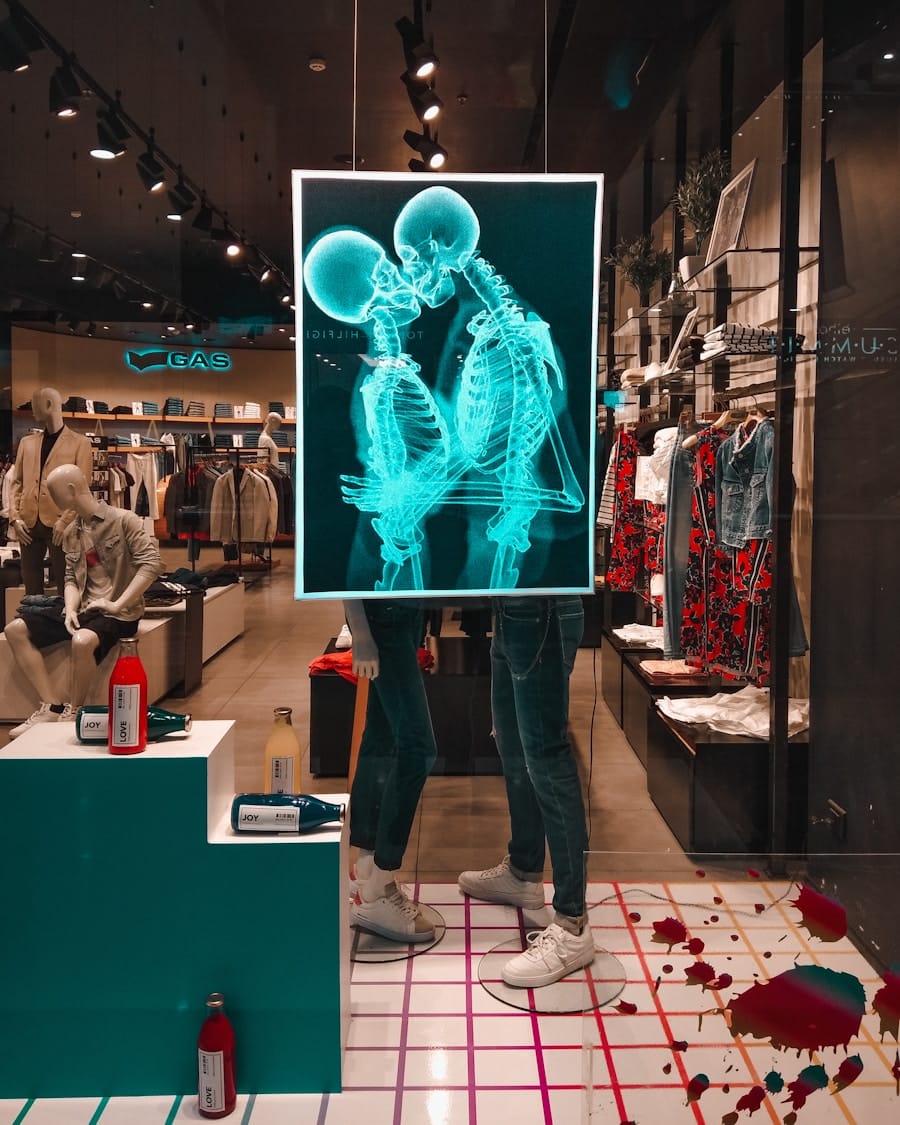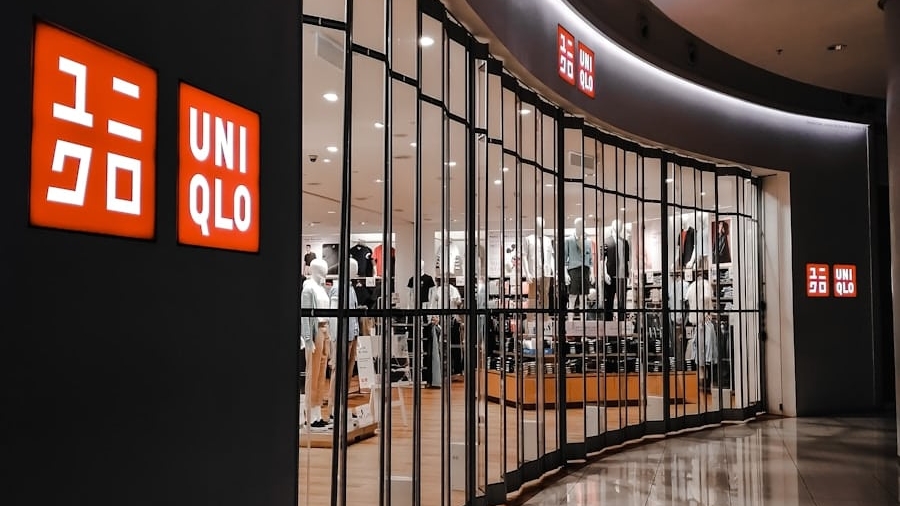The advent of 5G technology marks a significant leap forward in the realm of telecommunications, promising to revolutionize how we connect, communicate, and interact with the digital world. Unlike its predecessors, 5G offers unprecedented speed, reduced latency, and the ability to connect a vast number of devices simultaneously. This next-generation network operates on a higher frequency spectrum, enabling data transfer rates that can reach up to 10 gigabits per second—approximately 100 times faster than 4G.
Such capabilities not only enhance mobile broadband experiences but also lay the groundwork for a myriad of applications across various sectors, including healthcare, transportation, and notably, retail. As businesses increasingly seek innovative ways to engage consumers, the integration of 5G technology into retail environments is becoming a focal point. The ability to deliver high-quality video streaming, augmented reality (AR), and virtual reality (VR) experiences in real-time opens up new avenues for customer interaction.
Retailers are now poised to leverage these advancements to create immersive shopping experiences that transcend traditional brick-and-mortar limitations. The convergence of 5G and retail technology is not merely a trend; it represents a fundamental shift in how consumers perceive and engage with brands.
Key Takeaways
- 5G technology is the next generation of mobile internet connectivity, offering faster speeds and more reliable connections.
- Virtual showrooms are becoming increasingly popular in the retail industry, allowing customers to explore products in a digital environment.
- 5G enables immersive virtual experiences by providing high-speed, low-latency connections for seamless interaction with virtual environments.
- Retailers can benefit from 5G-powered virtual showrooms by reducing physical space requirements, reaching a wider audience, and offering unique and interactive shopping experiences.
- Enhanced customer experience with 5G virtual showrooms includes personalized product exploration, interactive features, and the ability to make informed purchasing decisions.
The Rise of Virtual Showrooms in Retail
Enhancing the Shopping Experience
Virtual showrooms enable brands to showcase their products in a visually appealing manner, allowing customers to interact with items from the comfort of their homes. The COVID-19 pandemic further accelerated the adoption of virtual showrooms, as physical retail spaces faced restrictions and consumers turned to online shopping.
Personalized Shopping Experiences
Virtual showrooms not only provide a solution for showcasing products but also facilitate personalized shopping experiences through features like 3D modeling and interactive displays. As technology continues to evolve, the potential for virtual showrooms expands, offering retailers an opportunity to differentiate themselves in a crowded marketplace.
A New Era in Retail
How 5G Enables Immersive Virtual Experiences

The integration of 5G technology into virtual showrooms significantly enhances the immersive experience for consumers. With its high-speed connectivity and low latency, 5G allows for seamless streaming of high-definition content, enabling retailers to present their products in stunning detail. For instance, a customer exploring a virtual showroom can view a 3D model of a piece of furniture and rotate it from different angles without any lag or buffering.
This instantaneous interaction fosters a sense of presence that is crucial for online shopping. Moreover, 5G facilitates the use of augmented reality applications within virtual showrooms. Retailers can implement AR features that allow customers to visualize how products would look in their own spaces.
This capability not only enhances the shopping experience but also aids in decision-making by providing a clearer understanding of how products fit into customers’ lives.
Benefits of 5G-Powered Virtual Showrooms for Retailers
The advantages of implementing 5G-powered virtual showrooms extend beyond enhanced customer experiences; they also offer significant benefits for retailers themselves. One of the most notable advantages is the ability to gather real-time data on consumer behavior. By analyzing how customers interact with virtual showrooms—such as which products they spend the most time viewing or which features they engage with—retailers can gain valuable insights into preferences and trends.
This data-driven approach enables more effective marketing strategies and inventory management. Additionally, 5G technology allows retailers to reduce operational costs associated with physical showrooms. By creating virtual spaces that can be accessed from anywhere, businesses can minimize the need for large physical locations while still providing an engaging shopping experience.
This shift not only lowers overhead costs but also allows retailers to reach a broader audience without geographical limitations. Furthermore, the scalability of virtual showrooms means that retailers can easily update their offerings or introduce new products without the logistical challenges associated with traditional retail environments.
Enhanced Customer Experience with 5G Virtual Showrooms
The customer experience is at the heart of any successful retail strategy, and 5G-powered virtual showrooms are designed to elevate this experience significantly. One key aspect is personalization; retailers can tailor virtual showroom experiences based on individual customer preferences and behaviors. For instance, using AI algorithms alongside 5G connectivity, retailers can recommend products based on past purchases or browsing history, creating a more relevant shopping journey.
Customers can participate in live demonstrations or attend virtual events hosted by brands, where they can ask questions and receive immediate feedback from sales representatives or product experts. This level of interaction not only builds trust but also enhances customer satisfaction by providing immediate assistance and information.
As consumers increasingly seek personalized and engaging experiences, 5G-powered virtual showrooms position retailers to meet these expectations effectively.
Overcoming Challenges in Implementing 5G Virtual Showrooms

Despite the numerous benefits associated with 5G-powered virtual showrooms, retailers face several challenges in their implementation. One significant hurdle is the infrastructure required to support 5G technology. While urban areas may have access to robust 5G networks, rural regions often lag behind, potentially alienating a segment of the customer base.
Retailers must consider how to provide equitable access to virtual showroom experiences across diverse geographical locations. Another challenge lies in the integration of existing systems with new technologies. Retailers may need to invest in upgrading their IT infrastructure and training staff to effectively utilize 5G capabilities within virtual showrooms.
Additionally, concerns regarding data privacy and security are paramount as retailers collect and analyze consumer data in real-time. Establishing robust cybersecurity measures is essential to protect sensitive information and maintain customer trust.
Case Studies of Successful 5G Virtual Showroom Implementations
Several retailers have already begun to harness the power of 5G technology within their virtual showrooms, showcasing successful implementations that serve as models for others in the industry. For example, furniture retailer IKEA launched an augmented reality app that allows customers to visualize how furniture would look in their homes using their smartphones. With the support of 5G connectivity, this app provides high-quality graphics and real-time rendering, enhancing the overall user experience.
Another notable case is that of automotive manufacturers like Audi and BMW, which have developed virtual showrooms that allow customers to explore vehicles in detail through immersive 3D environments. These showrooms enable potential buyers to customize their vehicles and view them from various angles before making a purchase decision. The integration of 5G technology ensures that these experiences are smooth and engaging, ultimately driving sales and customer satisfaction.
The Future of Retail with 5G-Powered Virtual Showrooms
Looking ahead, the future of retail is poised for transformation as 5G-powered virtual showrooms become increasingly prevalent. As technology continues to advance, we can expect even more sophisticated features within these digital spaces, such as AI-driven chatbots that provide personalized assistance or advanced analytics tools that help retailers optimize their offerings based on real-time consumer feedback. Moreover, as more consumers embrace online shopping and seek immersive experiences, retailers will need to adapt their strategies accordingly.
The ability to create engaging virtual environments will become essential for brands looking to stand out in a competitive market. As 5G technology matures and becomes more widely accessible, it will undoubtedly play a pivotal role in shaping the future landscape of retail, enabling businesses to connect with customers in innovative ways that were previously unimaginable.
In addition to exploring how 5G technology is revolutionizing virtual showrooms in retail, readers may also be interested in learning about how NeuronWriter SEO NLP Optimization can boost their content. This article discusses how utilizing this tool can enhance the visibility and effectiveness of online content, making it a valuable resource for businesses looking to improve their digital marketing strategies. To read more about NeuronWriter SEO NLP Optimization, check out this article.
FAQs
What is 5G technology?
5G technology is the fifth generation of mobile network technology, offering faster speeds, lower latency, and greater capacity compared to previous generations.
How does 5G facilitate immersive virtual showrooms in retail?
5G facilitates immersive virtual showrooms in retail by providing the high-speed, low-latency connectivity necessary for seamless and high-quality virtual experiences. This allows retailers to create immersive virtual showrooms that provide customers with a realistic and interactive shopping experience.
What are the benefits of using 5G for virtual showrooms in retail?
The benefits of using 5G for virtual showrooms in retail include faster download and upload speeds, reduced latency for real-time interactions, and the ability to support high-quality, immersive experiences such as virtual reality (VR) and augmented reality (AR) applications.
How does 5G improve the customer experience in virtual showrooms?
5G improves the customer experience in virtual showrooms by enabling smoother and more realistic virtual interactions, faster loading times for high-resolution content, and the ability to support advanced features such as 360-degree product views and interactive product demonstrations.
What are some examples of how retailers are using 5G for virtual showrooms?
Retailers are using 5G for virtual showrooms to create immersive shopping experiences, such as virtual fitting rooms for trying on clothes, virtual product demonstrations for showcasing features and functionality, and virtual tours of retail spaces for exploring products and services.

